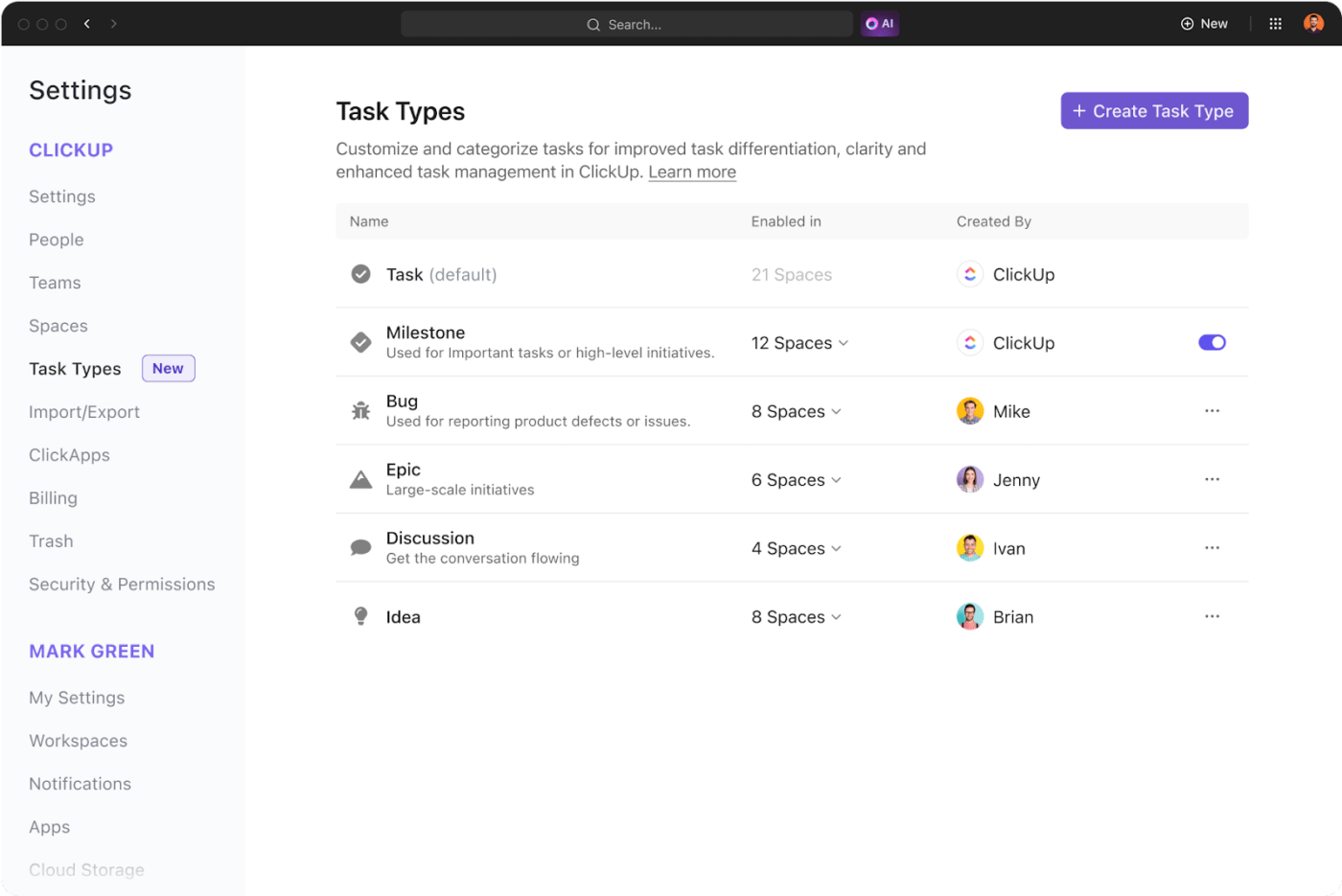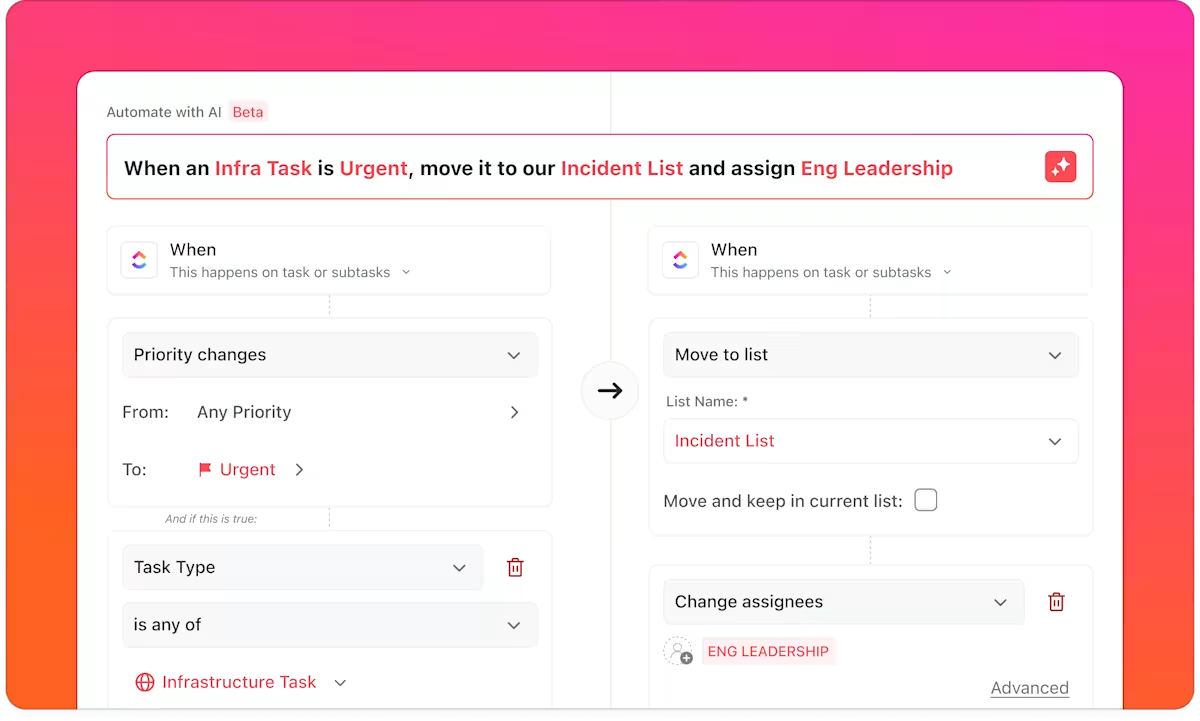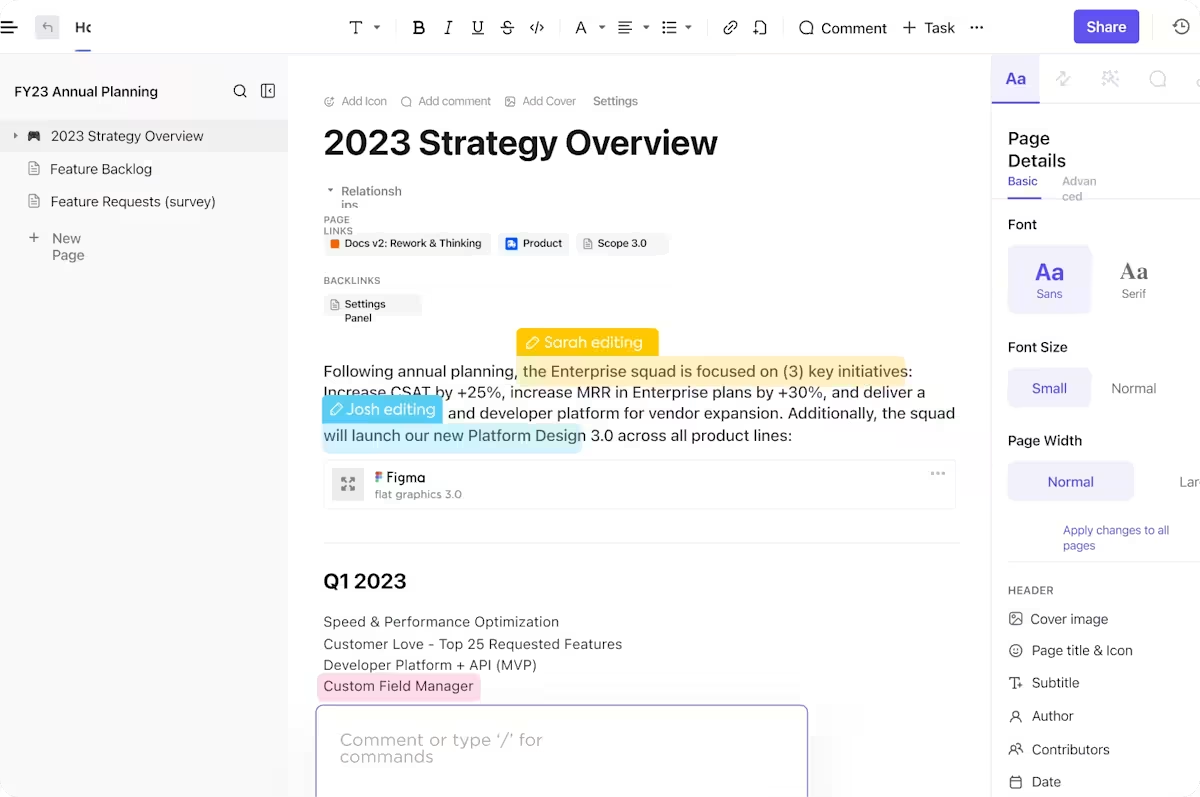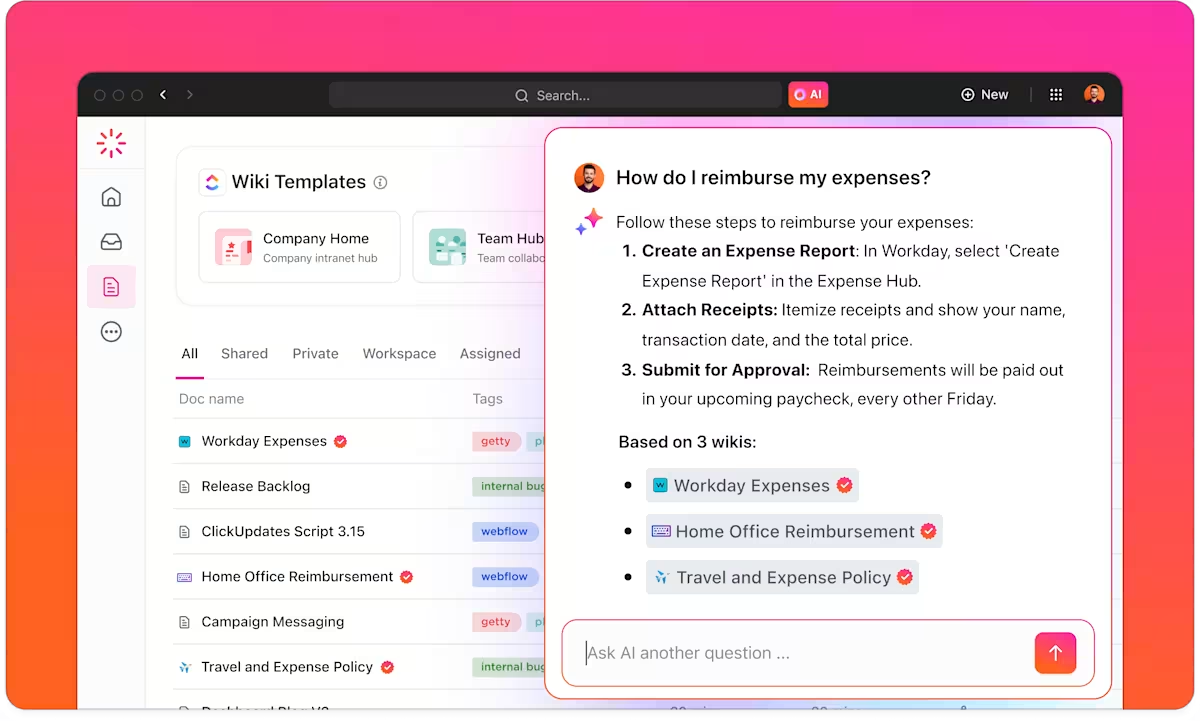Technical Leadership: Key Roles, Skills & Strategies for Success

Sorry, there were no results found for “”
Sorry, there were no results found for “”
Sorry, there were no results found for “”

We live in a world of oversaturated podcasts and endless LinkedIn threads filled with generic leadership advice. ‘Communicate better.’ ‘Delegate tasks.’ ‘Improve collaboration.’
It sounds great—until you lead an engineering team through shifting deadlines, technical challenges, and ambitious product goals.
Unlike traditional management, technical leadership demands more than soft skills and high-level strategy. It requires technical expertise, decision-making, and a deep understanding of how teams work.
Whether you’re a tech lead trying to improve team performance or an experienced leader refining your management skills, the real insights aren’t in vague business mantras—they’re in practical experience and the right technical leadership skills.
Technical leadership refers to a leader’s ability to guide and support a team by combining technical expertise with leadership skills to drive innovation, solve complex problems, and ensure project success.
Strong technical leadership ensures teams build scalable, efficient, cutting-edge products in a fast-moving industry. Without it, even the best technical experts struggle to align their work with a company’s goals. A great technical leader bridges the gap between technical decisions and business strategy.
So, technical leadership:
While technical leadership focuses on designing and implementing specialized systems, tools, or architectures, people leadership is about mentoring team members, developing their skills, and fostering a high-performing, collaborative team culture. The best leaders balance both.
Here’s a quick rundown of the differences in approach:
| Aspect | Technical leadership | People leadership |
|---|---|---|
| Primary focus | Technical decisions and problem-solving | Team dynamics and people management |
| Key skills | Technical expertise, critical thinking, and technical domain knowledge | Emotional intelligence, interpersonal skills, and conflict resolution |
| Challenges addressed | Technological challenges, rapidly prototyping ideas, maintaining technical standards | Resolving conflicts, handling team members’ feelings, and improving team chemistry |
| Success metrics | The quality of technical solutions, project success, and adherence to technical standards | Team performance, employee retention, and team satisfaction |
| Leadership approach | Leading through technical guidance, mentoring on technical skills | Motivating, mentoring, and fostering a healthy work culture |
Not all technical roles look the same. Depending on the company size, team structure, and product complexity, different leaders take on varying levels of responsibility. Here are some of the most common leadership role examples:
Great technical leaders don’t just bring specialized expertise—they know how to manage teams, handle technological challenges, and create an environment where innovation thrives.
Let’s look at some of these traits:
Deadlines slip, systems break, and unexpected bugs surface at the worst times. A strong technical leader maintains composure, guiding the team through high-pressure situations without losing focus.
Resilience helps leaders provide stability and prevent panic from spreading, whether they’re handling a critical production outage or responding to sudden scope changes.
The best tech leads don’t just focus on code—they understand their team members’ feelings and motivations. When a junior developer struggles with a complex feature, an empathetic leader offers productive feedback rather than criticism.
Recognizing burnout, workload stress, or personal challenges allows leaders to adjust expectations and keep the team engaged.
Brilliant ideas mean nothing if they aren’t communicated effectively. Whether it’s explaining technical concepts to non-technical stakeholders or breaking down a project roadmap for the team, clear and concise communication ensures everyone stays aligned.
Leaders who master effective communication prevent misunderstandings, improve collaboration, and make technological decisions more transparent.
Sticking to what’s comfortable leads to stagnation. Strong technical leaders encourage experimentation, whether they’re adopting a new tech stack, refining development workflows, or exploring emerging industry trends. When a software engineer proposes a novel automation approach, a forward-thinking leader evaluates its potential rather than dismissing it outright.
A leader’s actions directly influence team performance. Those who offer empathetic feedback, encourage problem-solving, and provide technical guidance foster an environment where people grow.
In contrast, poor leadership creates frustration, high turnover, and missed deadlines. A great technical leadership role doesn’t just produce successful projects—it builds a thriving, motivated team.
💡 Pro Tip: Use performance review templates to provide structured, actionable, and constructive feedback that supports skill development and continuous improvement.
Becoming a strong technological leader requires technical leadership skills, problem-solving, and the ability to guide teams through uncertainty. Let’s look at these important management skills and how they help drive the company’s success:
A great technical leader anticipates industry shifts and ensures the company is ahead of the curve. Satya Nadella, for example, pushed Microsoft toward cloud computing when others were still focused on building traditional software. Leaders like him don’t just react to challenges but build proactive strategies aligning with long-term growth.
🔎 Did You Know? John Powers, Chief Transformation Officer & Chief Information Officer at Deloitte, is responsible for embedding sustainable change in the company’s technology strategy—ensuring transformations are not just short-term fixes.
Leading a team means balancing innovation with execution.
👉🏼 For example, Tesla’s CIO, Nagesh Saldi, oversees everything from engineering to project management, ensuring digital transformation initiatives align with Tesla’s rapid production cycles.
Managing teams in high-pressure environments requires people leadership, technical knowledge, and a keen eye for success.
➡️ Read More: Best Team Management Apps
Strong, transparent, clear communication is the backbone of excellent technical leadership, whether you’re translating technical concepts for business executives or aligning global teams.
👉🏼 For example, in his tenure as Facebook’s CIO, Timothy Campos doubled productivity to $1.8 million through innovation in software development operations.
Tech leaders who communicate prevent roadblocks, ensure smoother teamwork, and make complex projects more manageable.
Technical leaders make high-stakes decisions daily that impact their company’s future.
👉🏼 Thomas Kurian at Google Cloud led a shift toward enterprise clients, helping the company grow—Google Cloud’s revenue increased fivefold over five years!
The ability to weigh risks, rely on technical know-how, and make bold moves separates good leaders from great ones.
🔎 Did You Know? Dr. Werner Vogels, Amazon’s CTO, pioneered its cloud strategy, transforming AWS into the backbone of global digital infrastructure. His leadership in technological solutions reshaped how businesses approach computing.
Developing technical leadership abilities isn’t just about being the smartest engineer in the room—it’s about translating complex problems into scalable systems while aligning those decisions with business goals.
Great technical leaders aren’t just great at shipping code; they set the standard for technical excellence, anticipate architecture bottlenecks before they happen, and make trade-offs that balance speed and stability.
As teams grow, so does the need for clarity in vision and decision-making. That means cultivating skills like systems thinking, technical storytelling, and the ability to mentor others through ambiguity.
Teaching others how to approach problems is what separates a strong individual contributor from a true technical leader.
💡 Pro Tip: Instead of providing answers, guide your team to ask the right questions—why something matters, what constraints exist, what needs to be prioritized.
👉🏼 Example: Walking a junior engineer through debugging strategies instead of giving them the fix, or facilitating design discussions where your role is to elevate others’ thinking, not dominate the room.
It also means modeling how to navigate ambiguity—whether it’s an unclear product requirement or a rapidly changing tech stack. Technical leaders stay calm when there’s no clear path forward. They break down big, fuzzy problems into smaller, actionable next steps, and invite collaboration instead of control.
That mindset creates a ripple effect: your team starts thinking more critically, taking ownership earlier, and moving faster without constant oversight. And that’s when technical leadership becomes a force multiplier.
ClickUp, the everything app for work, is designed to help you do this. It simplifies collaboration, project management, and skill tracking within tech teams. It centralizes workflows, integrates with various tools, and helps teams stay aligned on priorities.
Whether you’re managing challenges, tracking progress, or improving unit performance, the ClickUp Technical Skills Matrix Template is just what you need.
This template allows technical leaders to map team members’ skill sets, identify knowledge gaps, and plan targeted training. By tracking core skills like tech expertise, problem-solving, and domain-specific abilities, leaders can ensure that their teams remain well-equipped for evolving industry demands.
With this template, you can:
💡 Pro Tip: Use the template’s Gap Analysis View to compare required management skills against current expertise, ensuring teams are prepared for upcoming technical challenges.
Effective technical leadership goes beyond managing projects toward creating an environment where teams thrive. Here are a few of the best leadership strategies you should adopt:
A positive engineering culture promotes innovation, collaboration, and accountability. Technical leaders in companies like Google cultivate environments where engineers feel empowered to experiment and solve leadership challenges.
Encouraging knowledge-sharing, maintaining high technical standards, and fostering constructive feedback ensures that teams stay motivated. Leaders who prioritize transparency and align their teams with the company’s goals create stronger, more engaged teams that push boundaries in software development and beyond.
💡 Pro Tip: Use a goal-tracking app to align team efforts with company objectives. It’ll ensure that technical decisions contribute to measurable business impact.
Scalability isn’t just about infrastructure—it applies to workflows, too. Strong technical leadership includes optimizing management, automating repetitive tasks, and improving system efficiency.
Companies like Amazon have set industry benchmarks by prioritizing automation in operations.
Leveraging DevOps, CI/CD pipelines, and AI-driven analytics reduces manual overhead and allows teams to focus on solving complex technical problems rather than firefighting routine issues.
A great technical leader ensures their entire team evolves alongside industry shifts. Providing mentorship, encouraging hard and soft skills training, and supporting team members’ career paths create a high-performing, engaged workforce.
Investing in technical leadership skills, hosting regular training sessions, and using leadership tools like ClickUp ensures that talent development remains a core part of tech leadership strategy.
Managing a team requires more than tech expertise—it demands structured workflows, seamless collaboration, and real-time visibility into projects.
The right task management tools can make all the difference, ensuring teams stay aligned while minimizing bottlenecks. ClickUp, as the everything app for work, provides technical leaders with everything they need to streamline management, track goals, and enhance group performance.
📮 ClickUp Insight: Low-performing teams are 4 times more likely to juggle 15+ tools, while high-performing teams maintain efficiency by limiting their toolkit to 9 or fewer platforms. But how about using one platform?
As the everything app for work, ClickUp brings your tasks, projects, docs, wikis, chat, and calls under a single platform, complete with AI-powered workflows. Ready to work smarter? ClickUp works for every team, makes work visible, and allows you to focus on what matters while AI handles the rest.
Managing sprints and tracking progress is critical for tech leads handling Agile teams. ClickUp’s Task Management tools let leaders break projects into manageable tasks, assign priorities, and visualize workload distribution.
Using Agile boards, engineering teams can keep projects on schedule, identify bottlenecks early, and ensure success. Custom dashboards that showcase key metrics such as sprint velocity, burnup, and burndown rates in ClickUp’s Sprints Solution help teams stay on track and ship on time, week after week.

💡 Pro Tip: Use the Team Management Plan Template in ClickUp to allocate responsibilities, manage workloads, and track engineering output. You can assign clear roles, set measurable goals, and track progress effortlessly with custom views like “Agenda by Department” and “Status by Department.”
Time spent on manual work slows down innovation. ClickUp’s Automation features handle repetitive tasks like status updates, notifications, and approvals.

Whether you’re automating bug tracking or setting up alerts for high-priority tasks, reducing manual intervention lets teams focus on solving technical challenges rather than spend time on administrative work.
Learn how to use AI to automate these tasks through a quick explainer video👇🏽
The problem
Pigment, a fast-growing software company, experienced rapid growth after its Series B funding, tripling its workforce within six months. This expansion highlighted challenges in onboarding new employees and coordinating cross-functional collaboration. It also faced serious bottlenecks in its bug resolution process, leading to delays that impacted team performance and customer experience.
The ClickUp solution
To address these issues, Pigment implemented ClickUp as a centralized work management solution. Key features like Gantt views, task assignments to multiple owners, and customizable notifications streamlined processes across the organization, enabling Pigment to scale effectively in a remote-first environment.
The results
By leveraging ClickUp as its central collaboration hub, Pigment achieved an 88% improvement in onboarding efficiency, a 20% boost in team communication efficiency, and an 83% reduction in cycle time for bug fixes. This drastic improvement resolved processes within hours that once took external consultants days. This drastic improvement highlights how tech leaders can streamline workflows, eliminate inefficiencies, and rapidly empower teams to prototype ideas using the right tools.

ClickUp Docs provide a centralized hub for creating, storing, and managing technical documentation, project specs, and internal guidelines. By organizing everything in one place, teams can access critical information easily, reducing reliance on scattered documents and outdated wikis.
📮 ClickUp Insight: More than half of all employees (57%) waste time searching through internal docs or the company knowledge base to find work-related information. And when they can’t? 1 in 6 resorts to personal workarounds—digging through old emails, notes, or screenshots just to piece things together.
ClickUp Brain eliminates the search by providing instant, AI-powered answers pulled from your entire workspace and integrated third-party apps, so you get what you need—without the hassle.

Communication gaps can derail even the best-planned projects. ClickUp’s Collaboration Tools, including threaded task comments, ClickUp Chat, and ClickUp Whiteboards, help tech teams stay aligned.

Whether you’re brainstorming system architecture or discussing a last-minute security fix, seamless collaboration reduces miscommunication and accelerates decision-making.
💡 Pro Tip: Use the Internal Communications Template by ClickUp to centralize team conversations, announcements, and documents, enhancing organizational communication. It establishes a structured system to keep employees informed and engaged.
Data-driven technical leadership ensures that decisions aren’t based on guesswork. ClickUp’s Goal-Tracking and reporting features help technical leaders monitor KPIs, track team members’ productivity, and optimize resource allocation.

By analyzing performance trends in ClickUp Dashboards, leaders can refine workflows, improve efficiency, and make strategic adjustments based on real insights.
💡 Pro tip: Set up automated performance dashboards to track velocity, backlog completion rates, and team efficiency, ensuring continuous technical leadership development.
Even the best technical leaders face obstacles—managing technical decisions, fostering team alignment, or balancing innovation with execution. Here are three major challenges and how to overcome them:
Rushed development cycles often lead to accumulating technical debt, making future changes harder and riskier. Teams struggle to balance shipping new features with refactoring old code, leading to performance issues and frustrated engineers.
How to overcome this?
💡 Pro Tip: A solid technical documentation template helps standardize project specs, onboarding materials, and development guidelines, keeping team members on the same page.
Every tech leader eventually faces a situation where a team member isn’t meeting expectations—whether due to skill gaps, lack of engagement, or external factors. Ignoring underperformance affects team bonding, developer productivity, and morale.
How to overcome this issue?
💡 Pro Tip: A communication plan template prevents misalignment between tech teams, stakeholders, and leadership by structuring updates, decisions, and feedback loops
Deadlines, production issues, and never-ending sprints can lead to burnout, decreasing performance, and increasing turnover. High expectations and constant pressure without proper people management often push even the best engineers to their limits.
How to overcome this issue?
Being a great technical leader is hardly limited to solving technical challenges—it’s about fostering a strong engineering culture, making informed technical decisions, and ensuring team members have the tools and guidance they need to succeed.
Leaders who prioritize continuous improvement, invest in scalable processes, and encourage constructive feedback build teams that function well, upskill fast, and unlock innovation.
ClickUp empowers tech leaders to streamline team management, optimize workflows, and effortlessly track technical expertise. Whether it’s goal tracking, real-time collaboration, or performance reviews, having the right system in place makes leadership more effective.
Take control of your leadership journey—optimize your workflow with ClickUp today!
© 2025 ClickUp